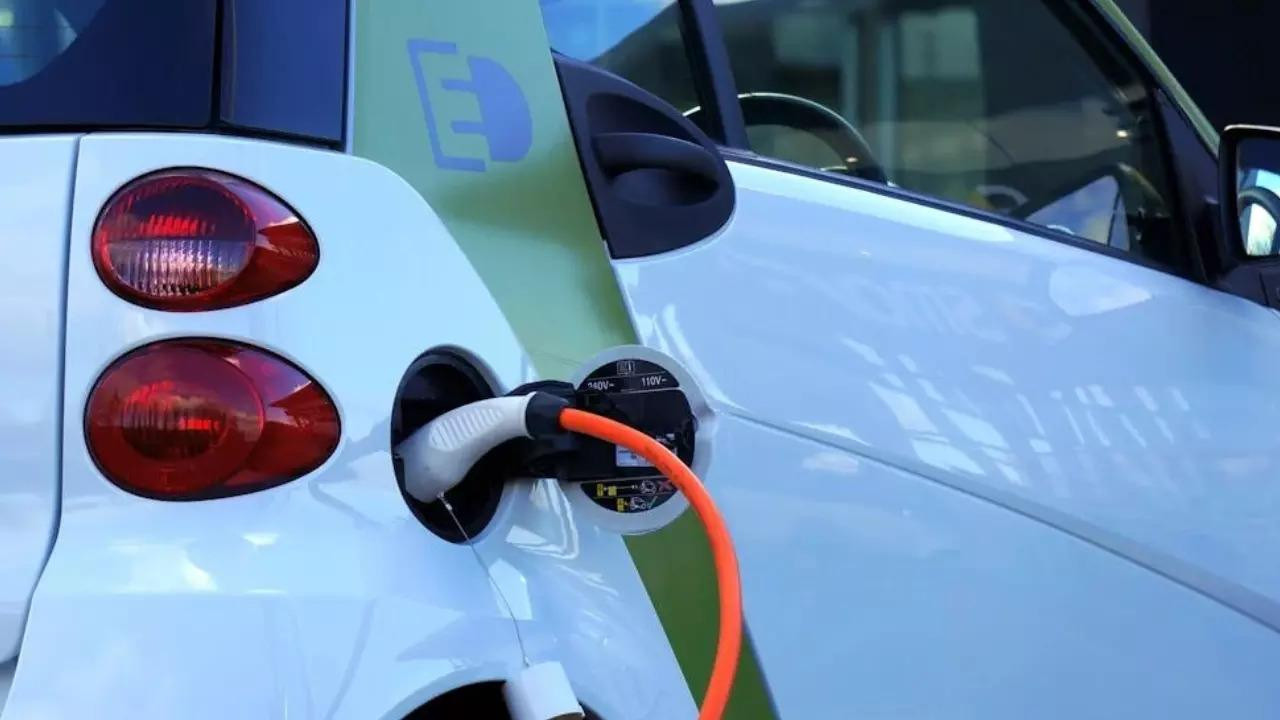Niti Aayog’s inaugural India Electric Mobility Index 2024 reveals Delhi, Maharashtra, and Chandigarh as leaders in EV transition. The index assesses states on EV adoption, charging readiness, and innovation. As of June 2025, over 6.5 million EVs operate on Indian roads, marking a significant rise from 0.5% of vehicle sales in 2018 to 7.
India’s Electric Vehicle Revolution: A Glimpse into the Future
The winds of change are sweeping across India, powered by a force both clean and disruptive: electric vehicles (EVs). Forget the sputtering engines of the past; the future is humming with the quiet whir of electric motors. A recent report paints a vibrant picture of this transformation, revealing which states are leading the charge and highlighting the exciting progress being made nationwide. The NITI Aayog’s Electric Mobility Index (EMI) 2024 offers compelling insights into how far India has come and the road ahead.

Delhi, Maharashtra, and Chandigarh Power Ahead
The EMI rankings provide a fascinating snapshot of the EV landscape. Delhi, Maharashtra, and Chandigarh emerged as frontrunners, showcasing strong policy support, robust infrastructure development, and impressive EV adoption rates. These regions have not only embraced EVs but are actively creating ecosystems that foster their growth. Think readily available charging stations, attractive incentives for buyers, and proactive measures to encourage manufacturers to set up shop. Delhi’s comprehensive EV policy, Maharashtra’s focus on infrastructure, and Chandigarh’s relatively smaller but highly concentrated efforts have propelled them to the top of the list.
A Nationwide Surge in EV Policy Adoption
One of the most encouraging findings of the report is the widespread adoption of EV policies across the country. An impressive 29 states now have dedicated EV policies in place, signaling a strong commitment at the state level to embrace electric mobility. This is not merely a symbolic gesture. These policies translate into tangible benefits, from subsidies and tax breaks for consumers to support for local manufacturing and the creation of charging infrastructure. The ripple effect is undeniable, creating a positive feedback loop that accelerates EV adoption across the nation. The more states invest, the more attractive EVs become, spurring further investment and innovation.
Charging Infrastructure: The Key to Unlocking Wider EV Adoption
While policy frameworks are crucial, the real game-changer will be the development of widespread and reliable charging infrastructure. Range anxiety – the fear of running out of battery before reaching a charging point – remains a significant hurdle for potential EV buyers. Addressing this concern requires a concerted effort from both the public and private sectors. Imagine a future where charging stations are as ubiquitous as gas stations are today, readily available not only in cities but also along highways and in rural areas. This vision is not a distant dream but a concrete goal that requires strategic planning, investment, and collaboration.
The Road Ahead: Challenges and Opportunities
The journey toward a fully electric India is not without its challenges. Issues such as battery technology advancements, raw material sourcing, and the development of a skilled workforce need careful consideration. We also need to address concerns about electricity grid capacity and the environmental impact of battery production and disposal. However, these challenges also present significant opportunities for innovation, job creation, and sustainable economic growth. By investing in research and development, fostering domestic manufacturing, and promoting circular economy principles, India can not only overcome these hurdles but also emerge as a global leader in the EV revolution.
Focus on Electric Mobility Index Data
The Electric Mobility Index data released by NITI Aayog offers a quantifiable way to assess the progress of each state. It is a powerful tool for policymakers and investors alike, allowing them to identify areas where progress has been made and areas where further action is needed. The index takes into account several factors, including policy support, infrastructure availability, and EV adoption rates, providing a comprehensive overview of the EV ecosystem in each state. By tracking the Electric Mobility Index over time, we can gain valuable insights into the effectiveness of different policies and strategies, allowing us to refine our approach and accelerate the transition to electric mobility. This data-driven approach is essential for ensuring that our efforts are focused on the most impactful areas and that we are making the best possible use of our resources. The EMI data is also extremely useful for understanding the needs of each location to develop more tailored electric vehicle infrastructure.
India’s electric vehicle revolution is underway, driven by ambitious policies, technological advancements, and a growing awareness of the need for sustainable transportation. While challenges remain, the progress made in recent years is undeniable. The future is electric, and India is firmly on the path to embracing it. The electric mobility index will be an important tool to track this progress.







